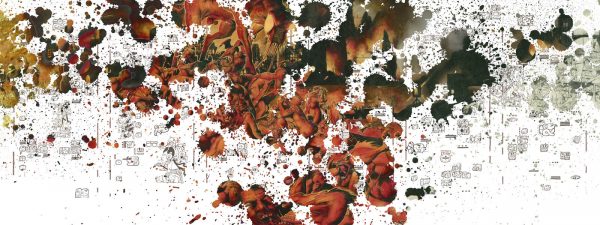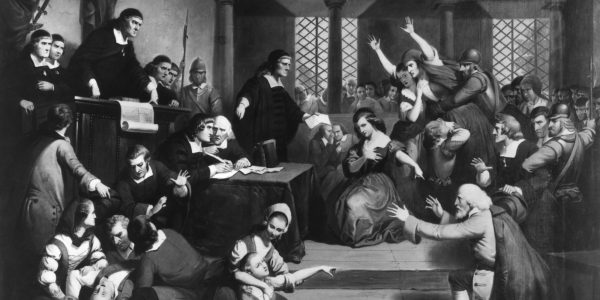I first met Malcolm McNeill in 2007. He was in London to do some printing for an exhibition, and he showed me a number of test pages. I thumbed through the astonishing series of expansive, hallucinatory images; a visionary tapestry of sci-fi warfare, mass orgies and metamorphosing gods printed in a continuous series of interweaving panels.
The images were from an abandoned project called Ah Pook is Here. It had started life as a text and image collaboration with the notorious American writer William Burroughs – or ‘Bill’, as Malcolm called him. For various convoluted and, it seemed, deeply frustrating reasons, the book had never been published. Begun in 1970, over a decade before the term ‘graphic novel’ existed, Ah Pook revisited Mayan mythology to inform a disorientating narrative about collapse of Western civilisation. I was surprised that a major work of one of the twentieth century’s most experimental writers could have been ‘lost’ for so long, and hoped that Malcolm’s attempt to resuscitate the project would succeed.
It didn’t. The exhibition went well, but a series of logistical complications, combined with ongoing friction with the proprietorial Burroughs estate, meant publication was once again postponed. I assumed this setback was the final nail in a heavily studded coffin.
Malcolm continued his attempts to bring Ah Pook to light, however, and it is finally being published this August. I spoke to him via email.




